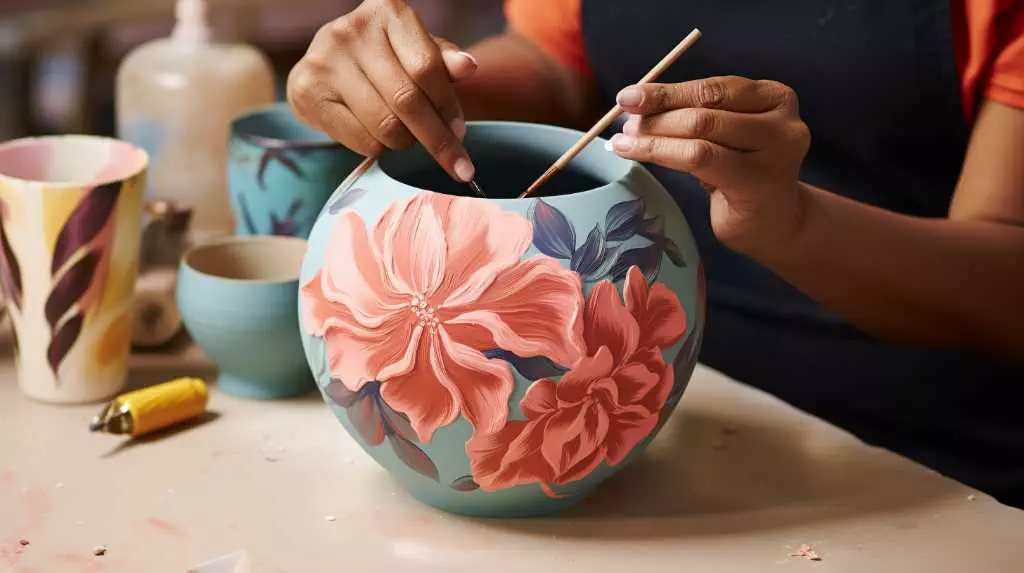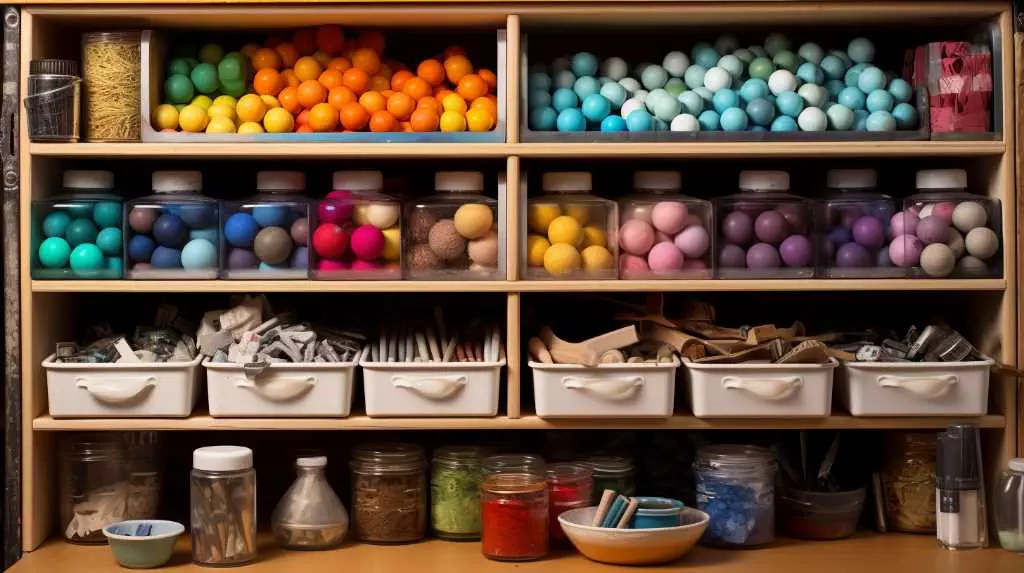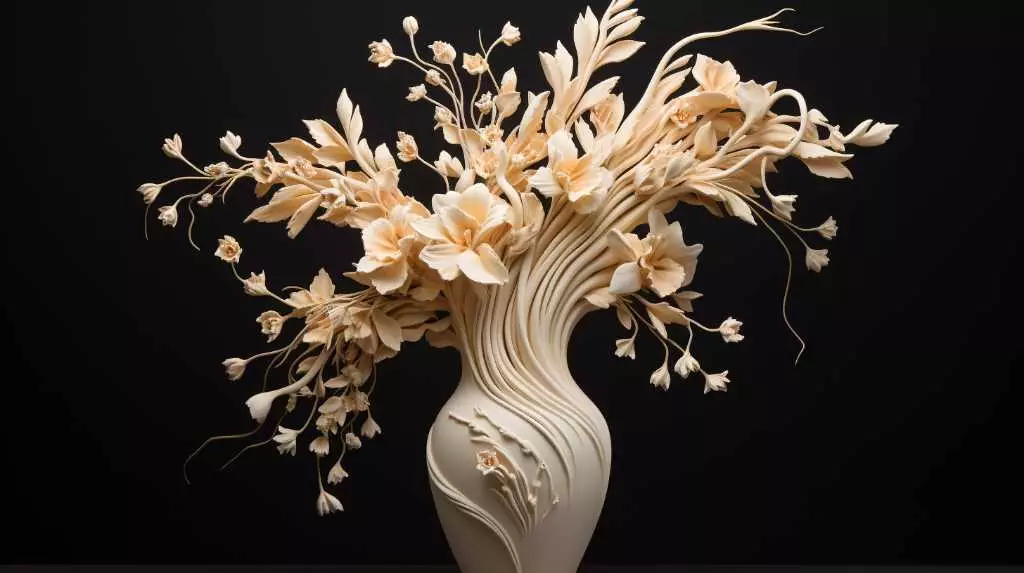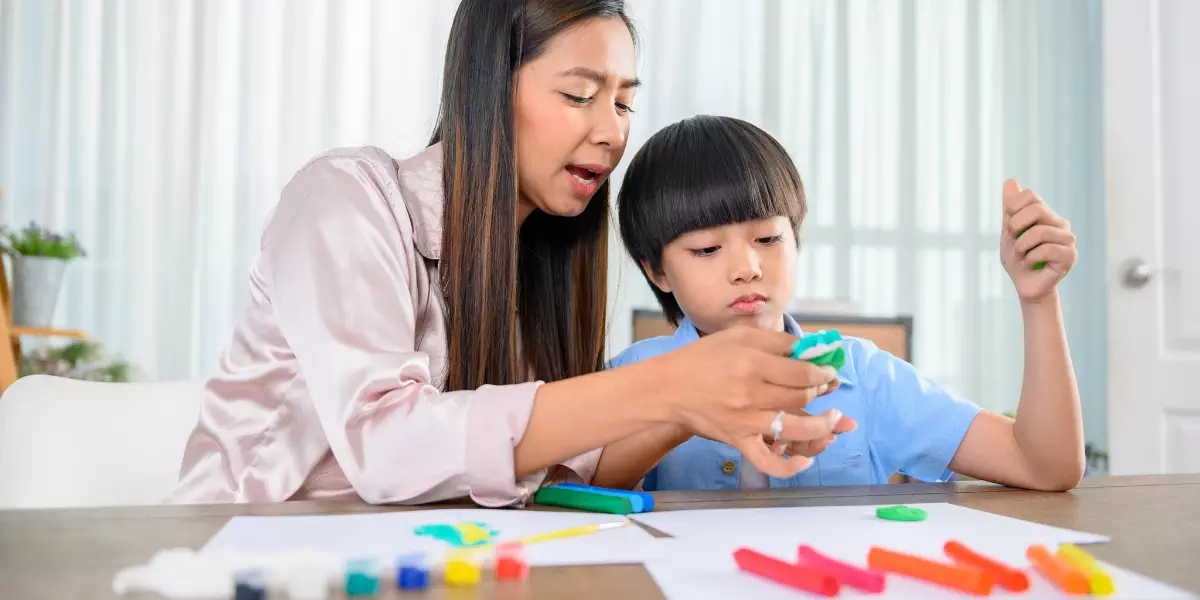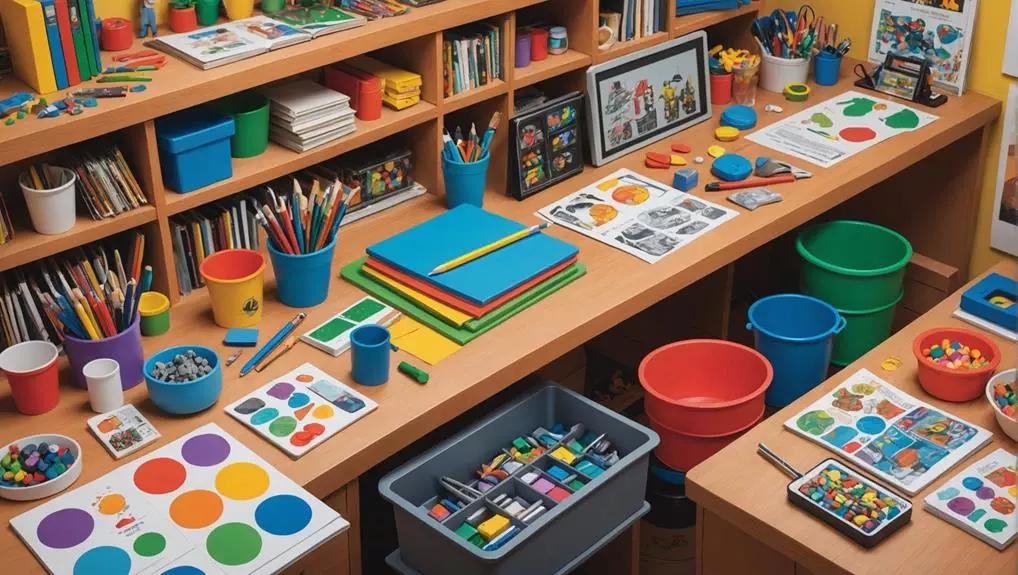Have you ever wondered if you can bring your air dry clay creations to life with a splash of color?
The answer is a resounding yes! In this article, we will explore the various types of paint that can be used on air dry clay, different painting techniques to achieve stunning results, and how to properly seal your finished masterpiece.
Whether you’re a seasoned artist or just starting out, get ready to unleash your creativity and transform your air dry clay into vibrant works of art.
Types of Paint
Can you use any type of paint on air dry clay?
When it comes to painting air dry clay, you have a variety of options. Acrylic paint is the most commonly used type of paint for air dry clay. It’s versatile, easy to work with, and comes in a wide range of colors. Acrylic paint also has good adhesive properties, ensuring that it adheres well to the clay surface.
Another popular choice is tempera paint, which is water-based and dries quickly. It can be easily mixed to create different colors and offers a matte finish.
Additionally, oil-based paints can be used on air dry clay, providing a glossy and durable finish. Experimenting with different types of paint can also help you achieve interesting texture effects on your clay creations.
Painting Techniques
To paint your air dry clay creations, there are various painting techniques that you can use. Here are five techniques that will help you achieve the desired results:
- Color Blending: Mix different paint colors to create new shades and gradients. Apply the blended colors onto your clay to add depth and dimension.
- Dry Brushing: Dip a dry brush into a small amount of paint and then wipe off the excess. Lightly brush the surface of your clay for a subtle, textured effect.
- Sponging: Dip a sponge into paint and dab it onto your clay to create a mottled or stippled texture. Experiment with different sponge sizes and patterns for unique results.
- Stencil Painting: Use stencils to create intricate designs on your clay. Secure the stencil onto the clay surface and gently dab or brush paint over it for a clean and precise pattern.
- Splatter Technique: Dip a brush into paint and flick it over your clay to create random splatters. This technique adds a playful and dynamic element to your creations.
Experiment with these techniques to bring your air dry clay creations to life with vibrant colors and interesting textures. Have fun and let your creativity flow!
Drying Time
After applying paint to your air dry clay creations, it’s important to allow sufficient drying time for the paint to fully cure.
The drying time of air dry clay can vary depending on several factors, such as the thickness of the clay, humidity levels, and the type of paint used. Generally, air dry clay can take anywhere from 24 hours to several days to fully dry.
However, if you’re looking to accelerate the drying process, there are alternative drying methods you can consider.
One method is to place the clay in a well-ventilated area with a fan blowing gently on it. This can help to speed up the evaporation process.
Another method is to use a hairdryer on a low heat setting to gently dry the clay.
It’s important to note that while these methods can accelerate drying, they may also increase the risk of cracking or warping, so it’s important to proceed with caution.
Sealing Air Dry Clay
Once your air dry clay creations have fully dried, it’s important to seal them to protect the paint and add a glossy finish. Sealing air dry clay not only enhances the durability of your artwork but also gives it a professional look.
Here are some options for sealing your air dry clay creations:
- Acrylic Sealant: Spray or brush on an acrylic sealant to provide a clear protective coat over your clay.
- Mod Podge: Apply Mod Podge, a popular sealer and glue, to seal and protect your clay creations.
- Clear Nail Polish: Use clear nail polish as a quick and easy way to seal your clay and add a glossy finish.
- Resin: For a more permanent and high-gloss finish, consider using epoxy resin to seal your clay.
- Varnish: Apply varnish to your clay to protect it from moisture and give it a shiny finish.
Tips for Painting Air Dry Clay
To achieve the best results when painting air dry clay, follow these helpful tips.
First, consider your color choices. Acrylic paints work well on air dry clay and offer a wide range of vibrant colors to choose from.
Before painting, make sure your clay is completely dry and smooth by sanding any rough areas.
Next, select the right brushes for the job. Synthetic brushes with stiff bristles are ideal for applying paint to the clay’s surface, allowing for precise application and smooth coverage.
When painting, start with a base coat to create an even color foundation. Then, layer on additional colors to add depth and dimension. Allow each layer to dry before adding the next.
Finally, consider sealing your painted clay with a clear varnish to protect the paint and give it a glossy finish.
Common Mistakes to Avoid When Painting Air Dry Clay
To avoid common mistakes when painting air dry clay, it’s important to properly prepare the surface before applying paint. Here are some key steps to follow:
- Clean the surface: Before painting, make sure the clay is free from any dust or debris. Use a soft cloth or brush to gently remove any dirt.
- Sand the clay: If the surface is rough or uneven, sand it lightly with fine-grit sandpaper. This will create a smoother texture for the paint to adhere to.
- Prime the clay: Apply a thin layer of primer to the clay surface. This will help the paint to adhere better and create a more even finish.
- Use the right paint: Choose paints that are specifically formulated for air dry clay. These paints will adhere well and provide long-lasting results.
- Seal the paint: After the paint has dried, apply a clear sealant or varnish to protect the surface and enhance the colors.
Conclusion
In conclusion, air dry clay can definitely be painted using various types of paint and techniques. It’s important to consider the drying time of the clay and to seal it properly to ensure the longevity of the paint.
By following some helpful tips and avoiding common mistakes, you can achieve great results when painting air dry clay. So go ahead and let your creativity flow with this versatile and easily paintable material.
Remember, the world is your canvas!

